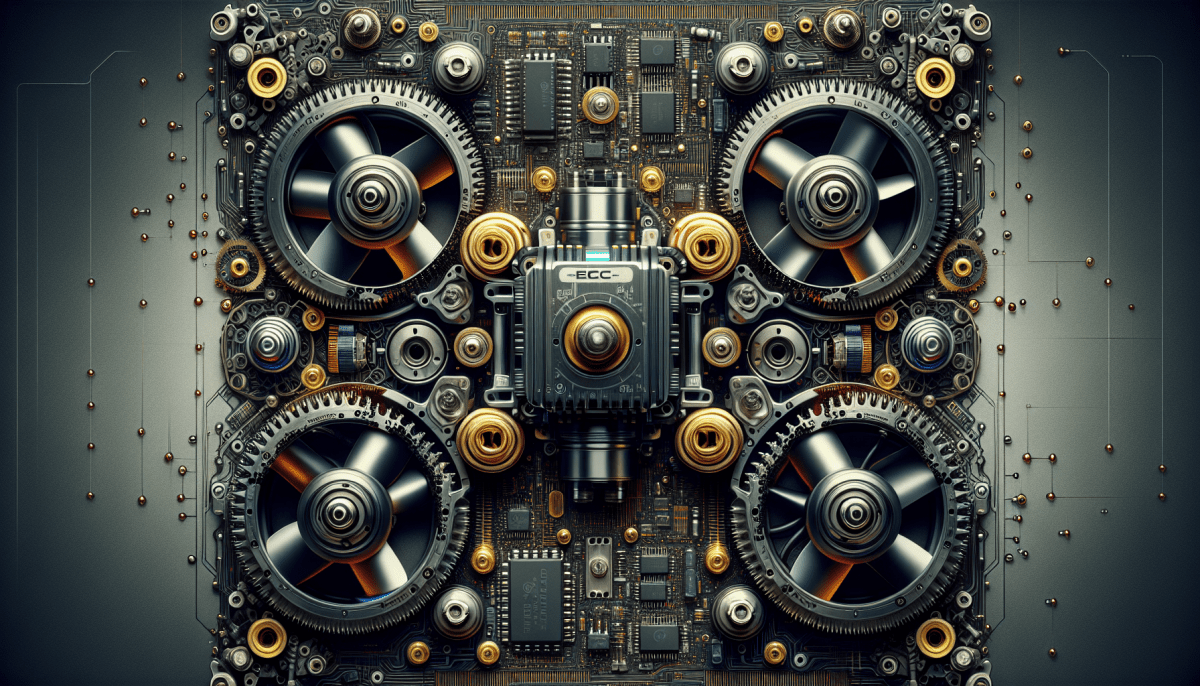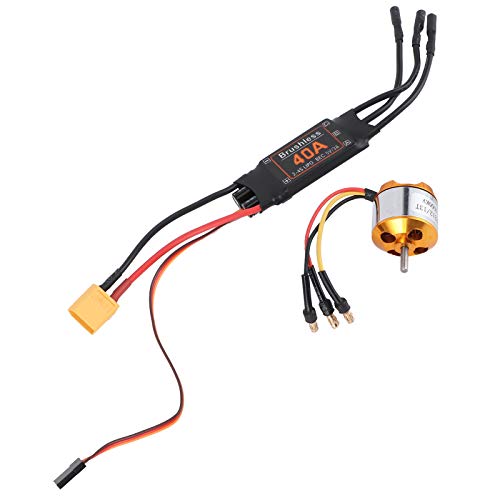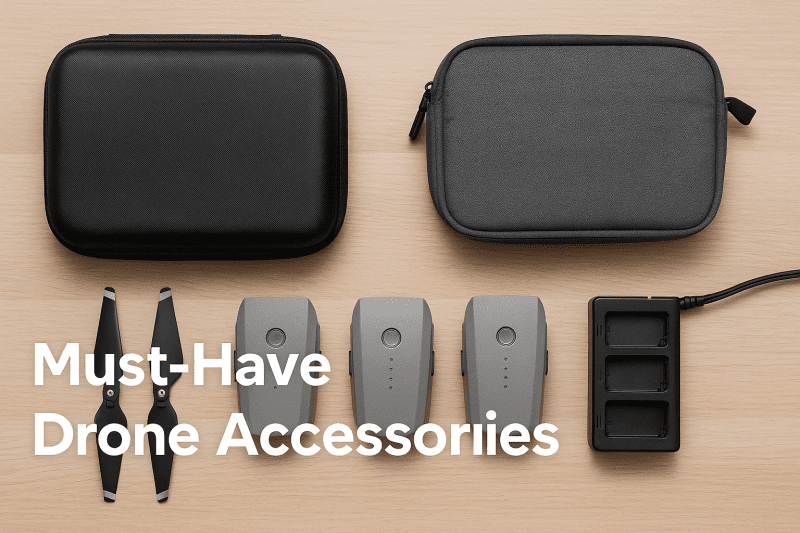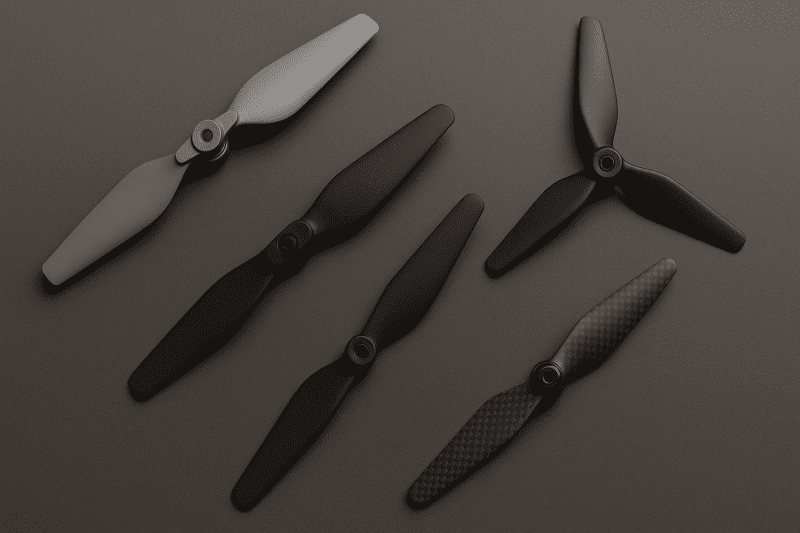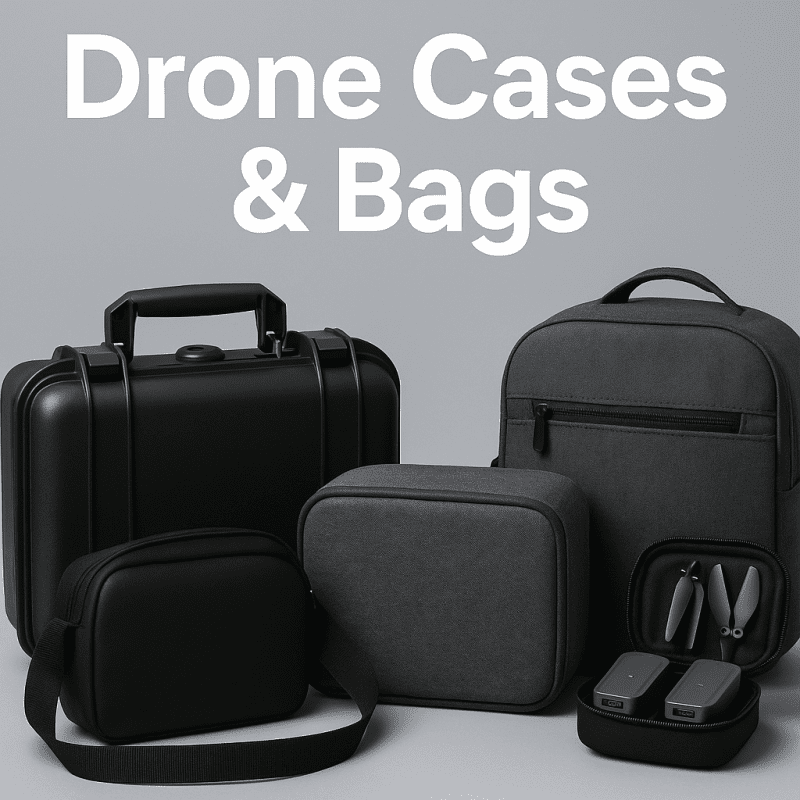Understanding Drone Motors and ESCs: A Guide to Essential Components
Drones have become increasingly popular for both recreational and professional purposes. It is important to have a basic understanding of the essential components of a drone, including the motors and Electronic Speed Controllers (ESCs).
Drone Motors
Motors are used in drones to achieve lift-off and movement. The motors are attached to the propellers, which create thrust that helps to lift and move the drone in different directions. There are various types of drone motors available, but the most commonly used are brushless motors. These motors offer several advantages over brushed motors, including better performance, longer lifespan, and less noise.
When choosing drone motors, it is important to consider their size, power, and efficiency. The motor size should match the propeller size, and the power should be sufficient to lift and move the drone. Efficient motors are also important, as they consume less power and help to increase the battery life of the drone.
Electronic Speed Controllers (ESCs)
ESCs are used to control the speed of the drone motors. They receive signals from the flight controller that controls the drone's movements and adjusts the speed of the motors accordingly. Each motor on a drone has its own ESC, which is connected to the flight controller.
Like motors, there are various types of ESCs available for drones. It is important to choose an ESC that matches the power and size of the motor, as well as the voltage and current requirements of the battery. High-quality ESCs can also help to improve the performance and stability of the drone.
Conclusion
Understanding the essential components of a drone, including the motors and ESCs, is important for anyone who is interested in flying a drone. When choosing these components, it is important to consider the size, power, efficiency, and compatibility with other components. By choosing high-quality motors and ESCs, you can help to ensure the performance, stability, and safety of your drone.
Selecting the Right Motor and ESC Combination for Your Drone
When it comes to building your own drone, selecting the right motor and Electronic Speed Controller (ESC) combination is crucial. Both the motor and the ESC work together to regulate the speed and direction of your drone. In this section, we will provide you with some tips and guidelines that will help you select the perfect motor and ESC combination for your drone.
Consider the Size and Weight of Your Drone
The first thing you need to consider when selecting a motor and ESC combination is the size and weight of your drone. The motor and the ESC you choose should be powerful enough to lift your drone off the ground and maneuver it in the air. Generally, the larger your drone is, the more powerful motor and ESC you will need.
Look for Compatibility
As different motors and ESCs have different specifications, it is important to select a combination that is compatible with each other. You can check the product specifications to make sure that the motor and ESC you are selecting work well together. This will prevent compatibility issues and ensure your drone operates smoothly.
Think About Performance Requirements
In addition to size and weight, you also need to consider your drone's performance requirements. Different types of drones require different types of motor and ESC combinations. For instance, if you are building a racing drone, you will need motors and ESCs that can handle the extreme speed and acceleration. On the other hand, if you are building a drone for aerial photography, you will need a motor and ESC that can provide good stability and smoothness.
Budget Considerations
The cost of a motor and ESC combination can vary greatly depending on the quality and features. While the most expensive combination may have better performance, it may not always be necessary for your requirements. Therefore, you should consider your budget and select a combination that fits your budget and meets your performance requirements at the same time.
Conclusion
Selecting the right motor and ESC combination is crucial to the success and performance of your drone. You need to consider your drone's size, weight, performance requirements, and budget when choosing a combination. It is always recommended to buy from trustworthy brands and to check the compatibility of the motor and ESC before making a final purchase. With these guidelines, you will be able to choose the right combination and get the most out of your drone experience.
Troubleshooting Common Issues with Drone Motors and ESCs
Drone enthusiasts know very well that motors and ESCs (Electronic Speed Controllers) are the two most important components for the proper functioning of a drone. However, there are times when these parts may fail, resulting in drone crashes or loss of control. Here are some common issues with drone motors and ESCs, and tips for troubleshooting:
Motor Issues
1. Motor is not spinning: If the motor is not spinning at all, check the connection between the motor and the ESC. Make sure the wires are firmly and correctly connected. Also, check if the motor is damaged or seized. If the problem persists, it may be an issue with the ESC.
2. Motor is spinning slowly or inconsistently: This can happen due to several reasons, like low battery, uncalibrated ESC, or improperly set throttle. To fix this issue, check the battery level and recharge if necessary. Calibrate the ESC, and adjust the throttle settings in the transmitter.
3. Motor is vibrating excessively: This can indicate a balance issue or a damaged propeller. Check if the propeller is properly attached and not damaged. Try to balance the motor and propeller to reduce vibrations.
ESC Issues
1. ESC is not responding: If the ESC does not respond when connected to the battery, it may be a faulty ESC or a disconnected power supply. Check the power connections and the signal wires between the ESC and the flight controller.
2. ESC is beeping continuously: This may happen due to incorrect throttle calibration or an overheating ESC. Check the throttle calibration and adjust accordingly. Allow the ESC to cool down if it's overheating.
3. ESC is smoking or burning: This is a serious issue and indicates a faulty or damaged ESC. Immediately disconnect the power source and replace the ESC.
In conclusion, troubleshooting drone motor and ESC issues requires proper understanding and knowledge about these components. Most issues can be resolved by checking the connections, adjusting the settings, or replacing the damaged parts. It's advisable to regularly maintain and test these components to avoid any mishaps during flight.
40A ESC & 2212 Brushless Motor Set for Drones
Elevate your drone performance with this high-quality ESC and brushless motor combination
Product information
$19.88
Product Review Score
4.45 out of 5 stars
49 reviews